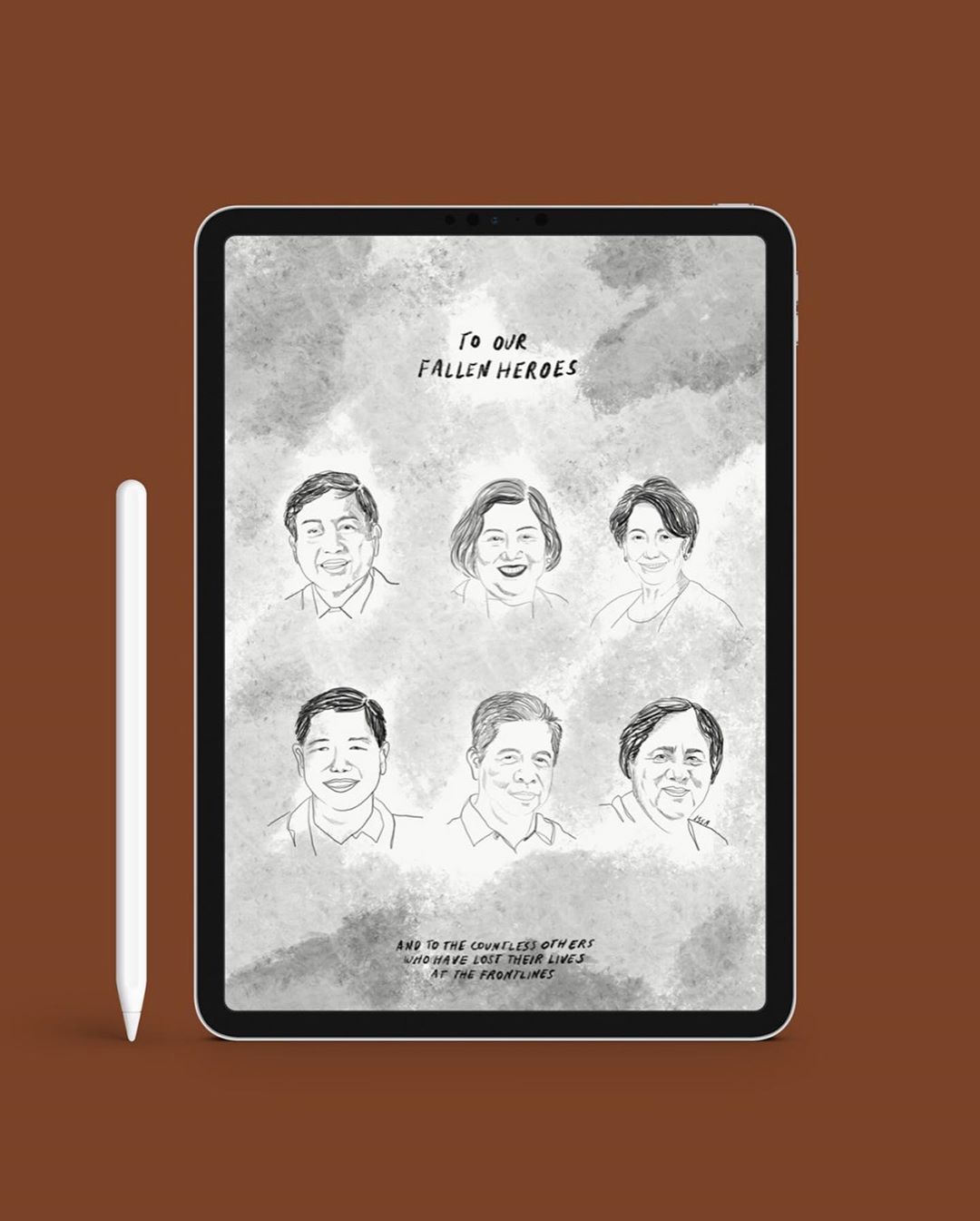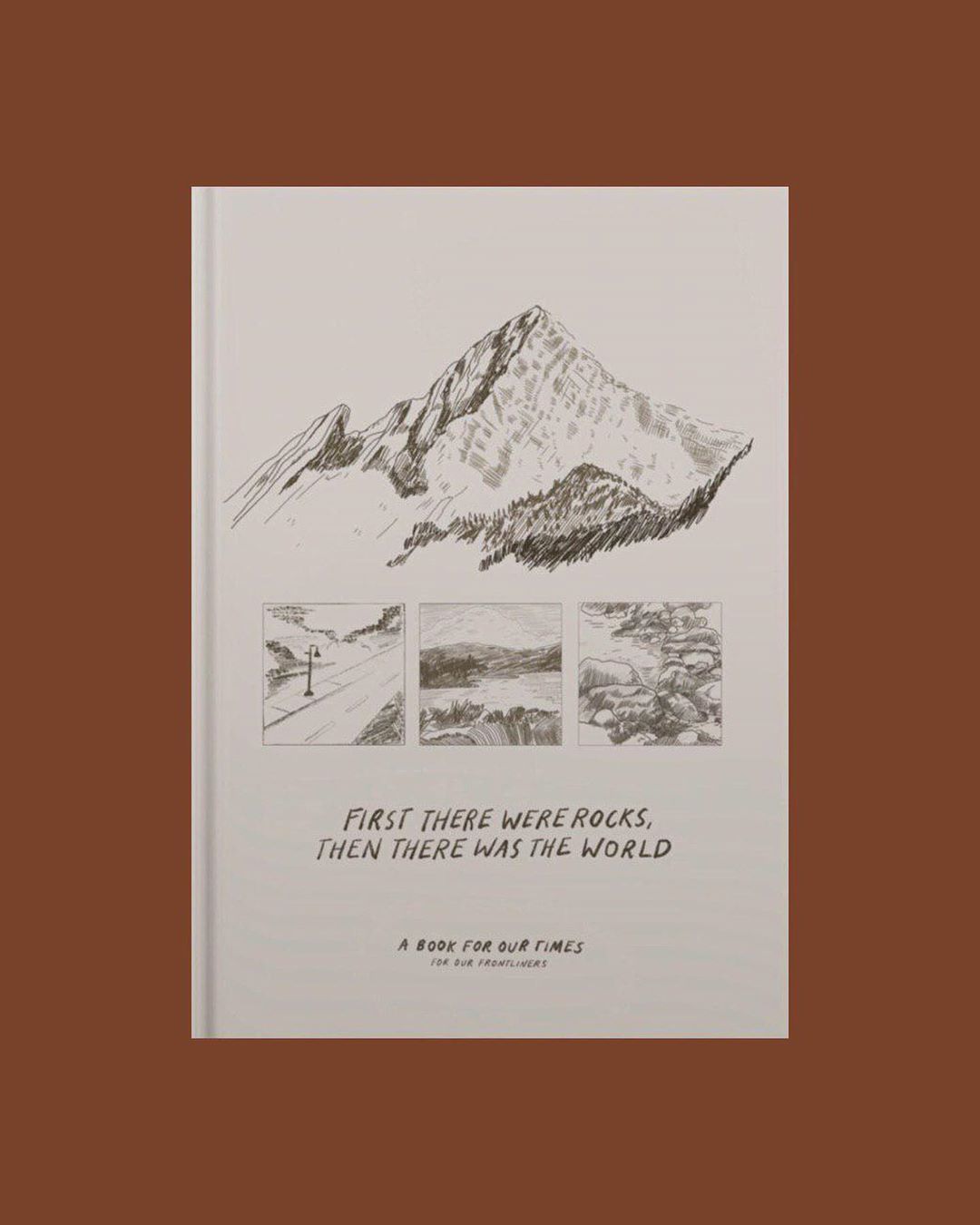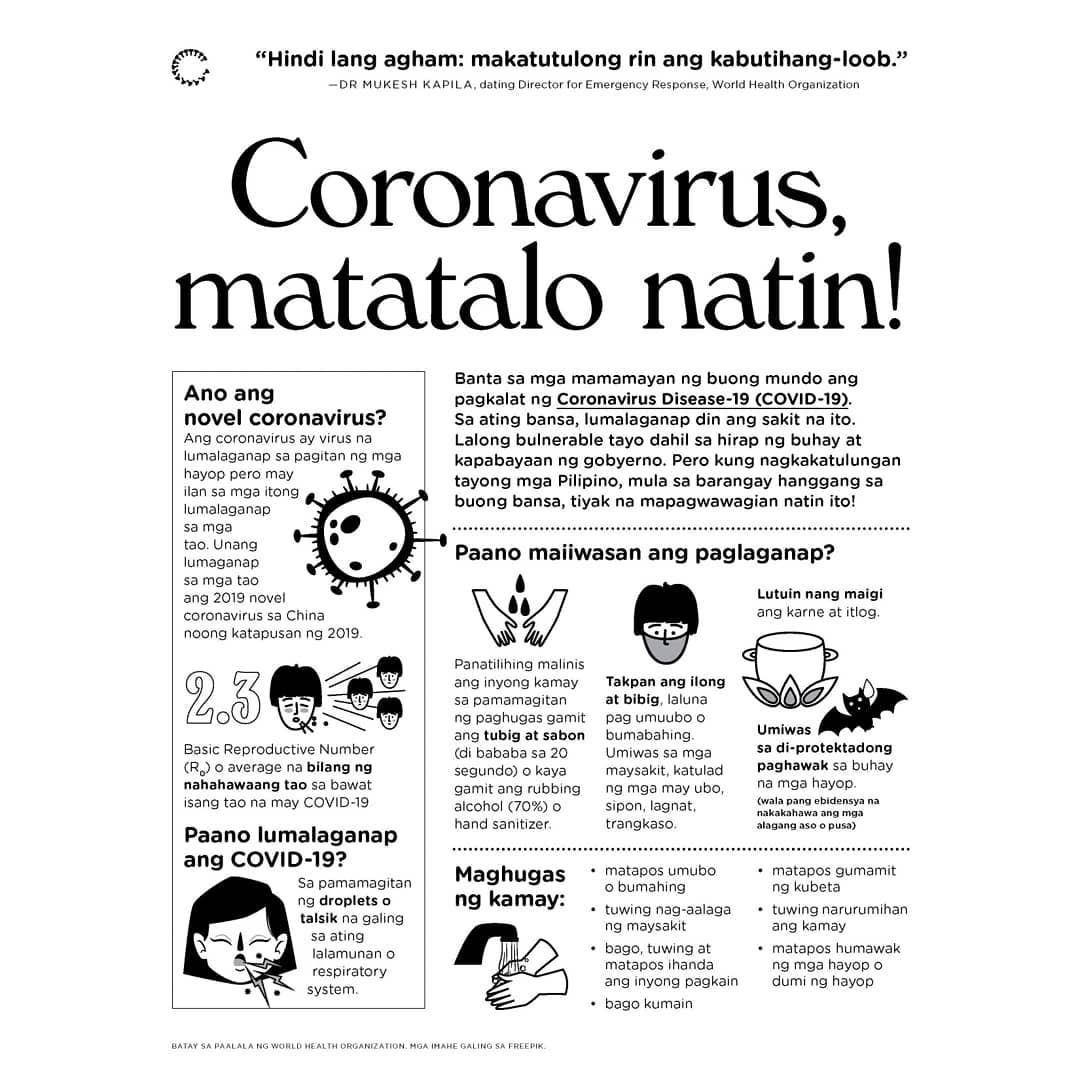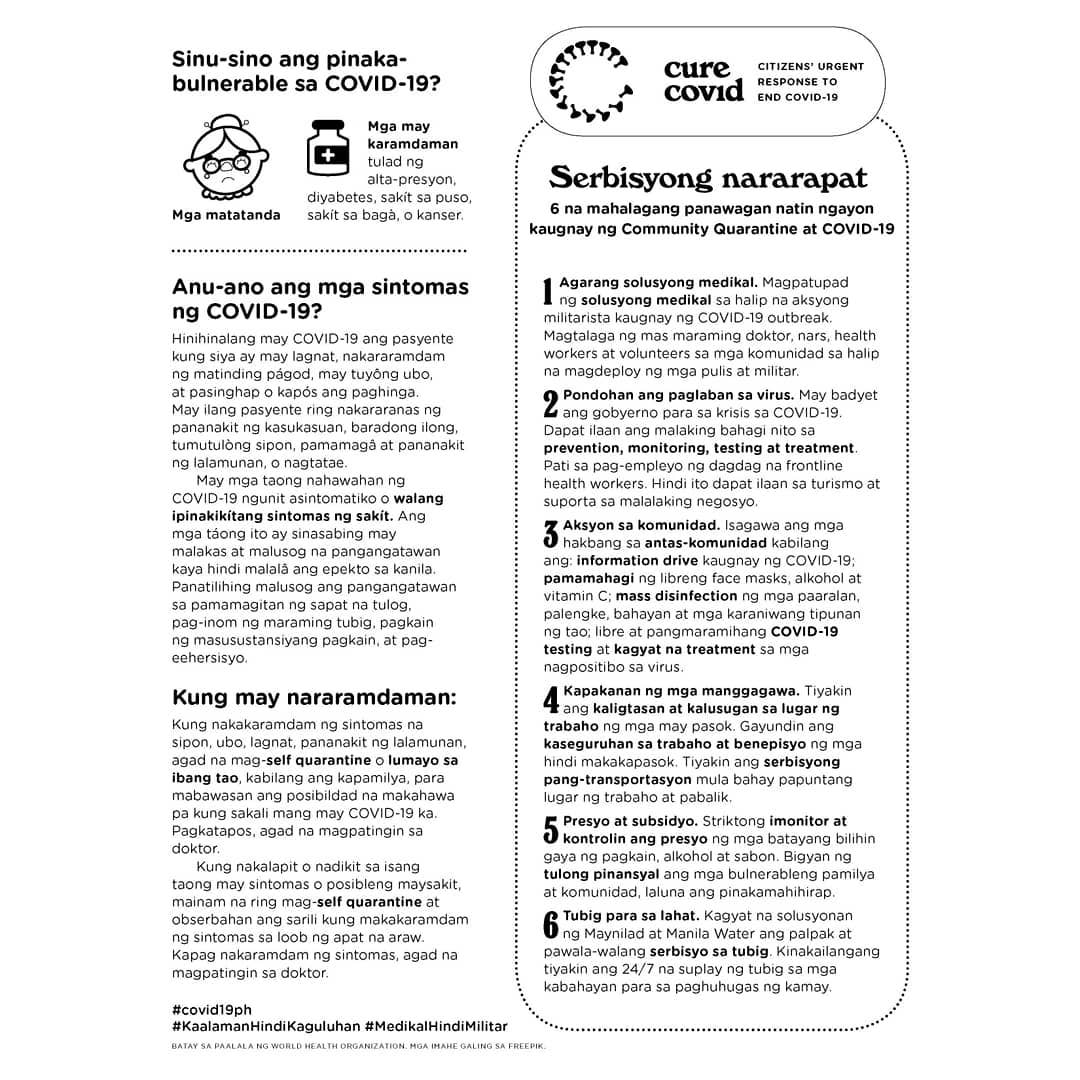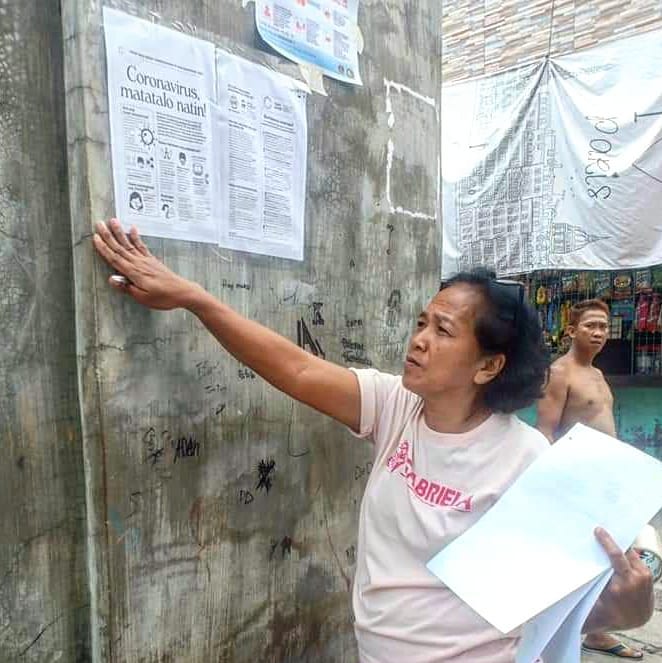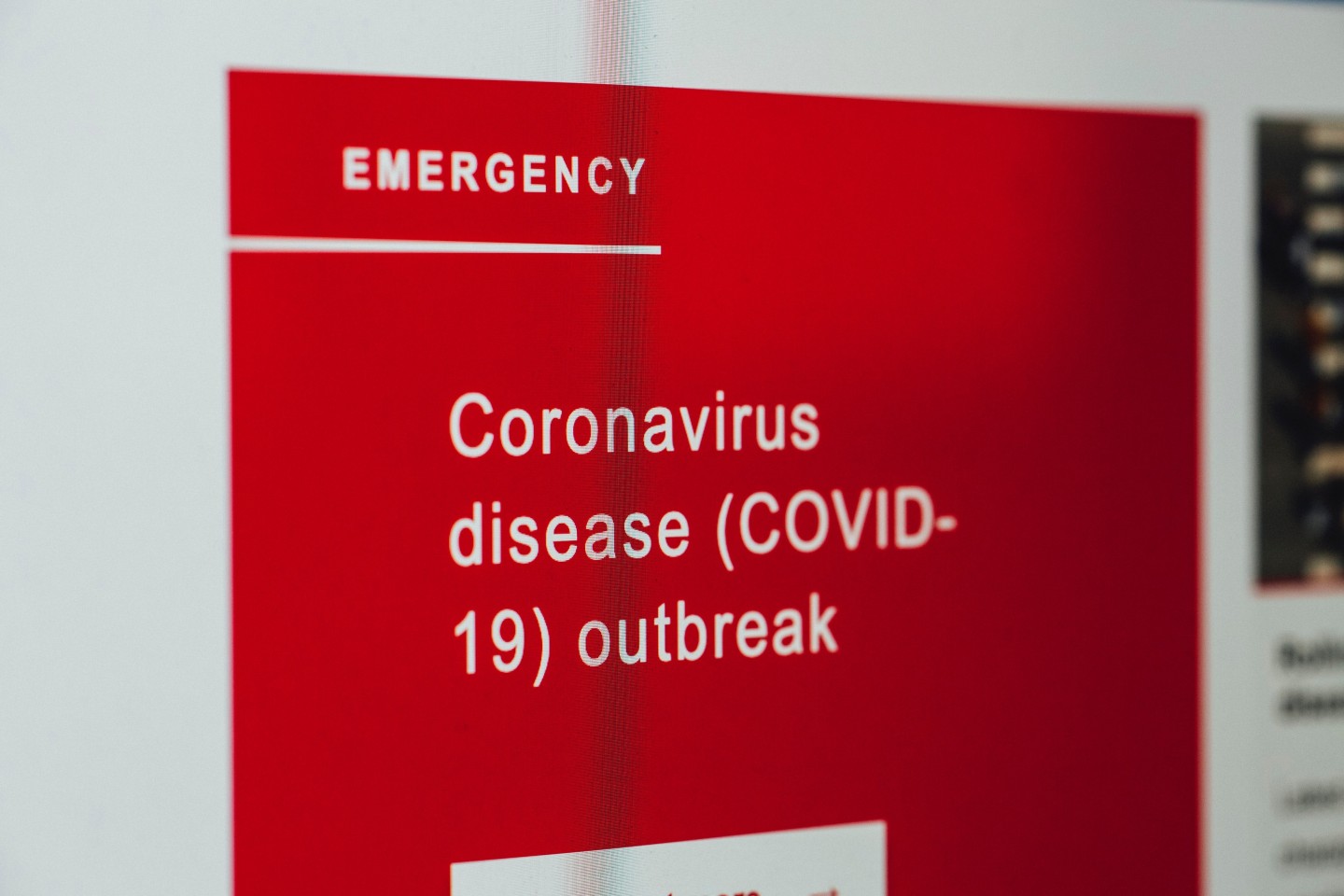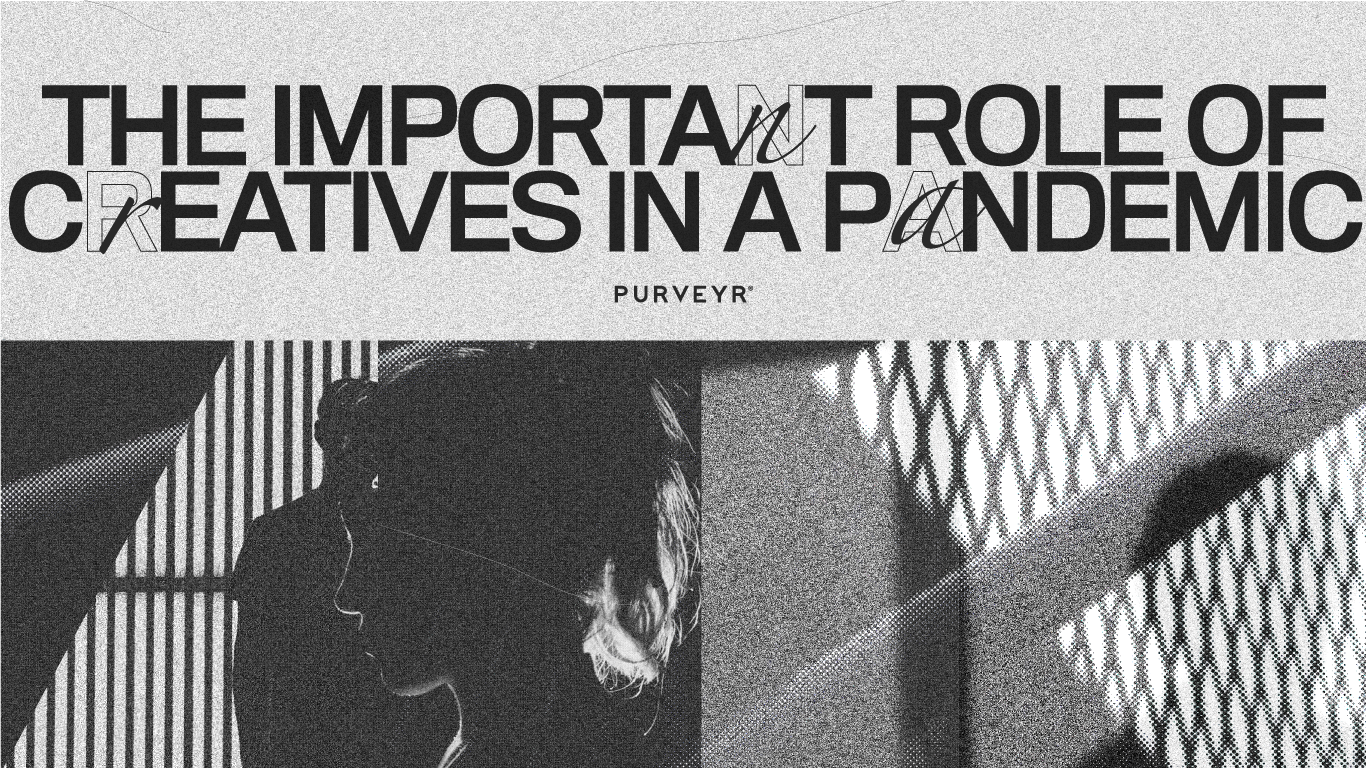
By now, we’re all aware that the ongoing pandemic has plunged the world into a harrowing “new normal.” As the virus spreads, office professionals and students have been forced to improvise work stations out of kitchen tables, and every crevice of the internet is tinged with the context of COVID-19. Meanwhile, employees on the frontlines continue to show up to keep the economy (and humanity) from falling on its knees. Life, as we know it, has left us in dire straits with no concrete deadline in sight. It’s fairly easy to feel overwhelmed by the gravity of the situation. But such extraordinary moments in history warrant equally extraordinary solutions — and for this reason, the creative industry is proving it’s worth its weight in gold.
Just recently, the United Nations and World Health Organization launched an open call to creatives around the world to create informative coronavirus material. In the brief, both groups state that they need help “translating critical public health messages into different languages, different cultures, communities and platforms, reaching everyone, everywhere.” Such a request is a 180-turn from yesterday’s standard surrounding these creative professions — wherein artists, writers, and designers were often typecast in a completely separate bracket from the STEM fields. What this shows, however, is that intersectional collaboration between industries is indeed vital for a society to function. “We need to meet people where they are, with a stream of fresh, innovative content, which drives home the personal behaviors and societal support needed today. We are equipping you with WHO-provided knowledge and messages to spread,” said the open call.
So take it from the executives and corporations themselves: creatives have an important role to play in this pandemic, and it’s bigger than just providing comic relief from the throes of reality (though that in itself is crucial too).
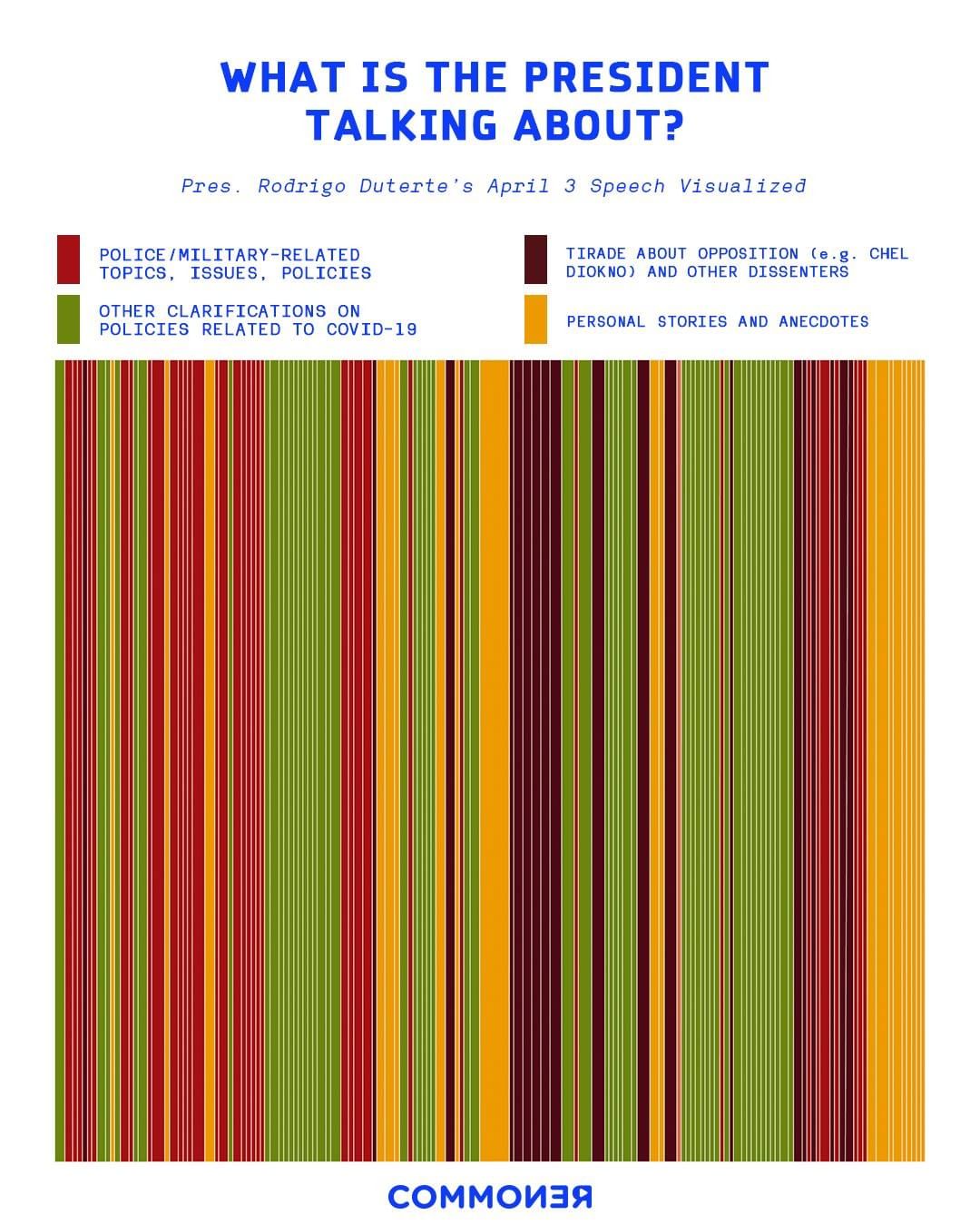
Infographic by COMMONER
Demystifying data
Graphs and statistical jargon can be incredibly intimidating for anyone who doesn’t speak the language. However, media agencies like COMMONER are demystifying the data to make it more palatable. “We’re aiming to break down complicated stories so you can understand them better,” notes their Instagram page (which seems to be their current main channel). True enough, the agency successfully translates everything — be it President Duterte’s national speeches, or the four stages of economic collapse — into easy-to-digest and attractive graphics.
In a similar vein, New Zealand-based cartoonist Toby Morris and microbiologist Siouxsie Wiles came up with a series of playful gifs that illustrate life-saving tips in combating the virus. One of their most viral posts is an animation that explains how social distancing can help in “flattening the curve” — an algebraic term many of us haven’t heard since high school, but has now ingrained itself in everyday lingo.
Engagement through storytelling
Everyday, we’re constantly assaulted with a barrage of bad news, which has undeniably caused most of us to become desensitized and numb to the actual trauma. In a gut-wrenching collection called “Those We’ve Lost,” The New York Times is putting names and faces behind the numbers. Fusing gripping narratives with poignant photography, the obituary series sees the news outlet reprising its role of storyteller once again — just like they did in their 9/11-dedicated “Portraits of Grief.” But more than an exercise of their investigative prowess, such efforts reveal where a publication’s heart lies — no matter how painful (but oftentimes necessary) it is to look at.
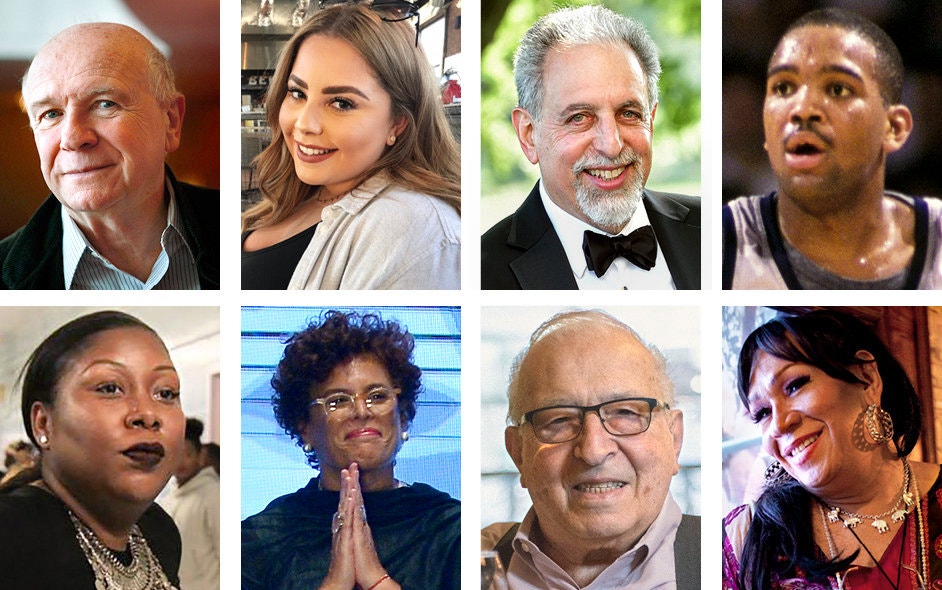
(clockwise from top left): Terrence McNally, Hailey Herrera, Alan Finder, Dave Edwards, Lorena Borjas, Joseph Migliucci, Jenny Polanco, Dez-Ann Romain — Photo from Faces That Can’t Be Forgotten by New York Times
On another note, Fund The Forest founder Issa Barte and Where To Next? have released an e-book as an ode to our own front-liners. Enlisting the help of local artists and writers, the book is filled with anecdotes that humanize the emotional weight we carry together as a species. Entitled “First there were rocks, then there was the world,” it seeks to interpret every kernel of fear and turn it into a lifeline of hope. “How do we overcome the hurdles? And what kind of world do we want to come back to?” These are the main questions that each page explores.
Images from Fund The Forest
Images from Karl Castro
More accessible messaging
As majority of our lives are spent online, we tend to find ourselves getting comfortable in our own echo chambers — but it’s crucial to realize that not everyone has access to the same information, Netflix documentaries, and real-time Twitter updates that we have at our fingertips. In response, artist Karl Castro took his talents offline to spread awareness on the coronavirus. “We created a Tagalog pamphlet on COVID-19 FAQs so that it would be easier to disseminate information in urban communities, which are among the most vulnerable,” he explained in an Instagram post. Simple, straight-to-the-point, yet highly educational, the pamphlets are a multi-sectoral community-based effort with Cure Covid PH. They have since been distributed by kids from Barangay Bagong Silang in Quezon City, and were also posted on numerous walls for increased public attention.
Amplifying voices
Given the bottomless supply of virtual content, being seen and heard has become less about what you say — but also how you say it. In this regard, design studio And A Half has taken the legwork out of sifting through dozens of donation drives, compiling them into a single index of initiatives called Help From Home. Armed with a combination of attention-grabbing hues, illustrations, and engaging copy, the website is catalogued by beneficiary (e.g. “For our frontliners”) and then by purpose (e.g. “Fund more COVID-19 tests”). “While COVID-19 keeps some of us under strict home quarantine, we can still support those who can’t,” their landing page reads. “Your response today will greatly affect how we deal with the disease these next few weeks.”

Image from Help From Home
Across the world, there has been no shortage of artistic expressions as people strive to make sense of the pandemic. Truth be told, there isn’t one blueprint or brief in existence that can single-handedly pull us out of the maelstrom. But beyond everything, this crisis presents humanity with a blank slate to rewrite our values — one that should include dedicating more space for creativity and artistic empathy to thrive. Creatives may not be able to revise the narrative as it is, but they sure can help soften the blow, and help us be better equipped for what else is to come.

